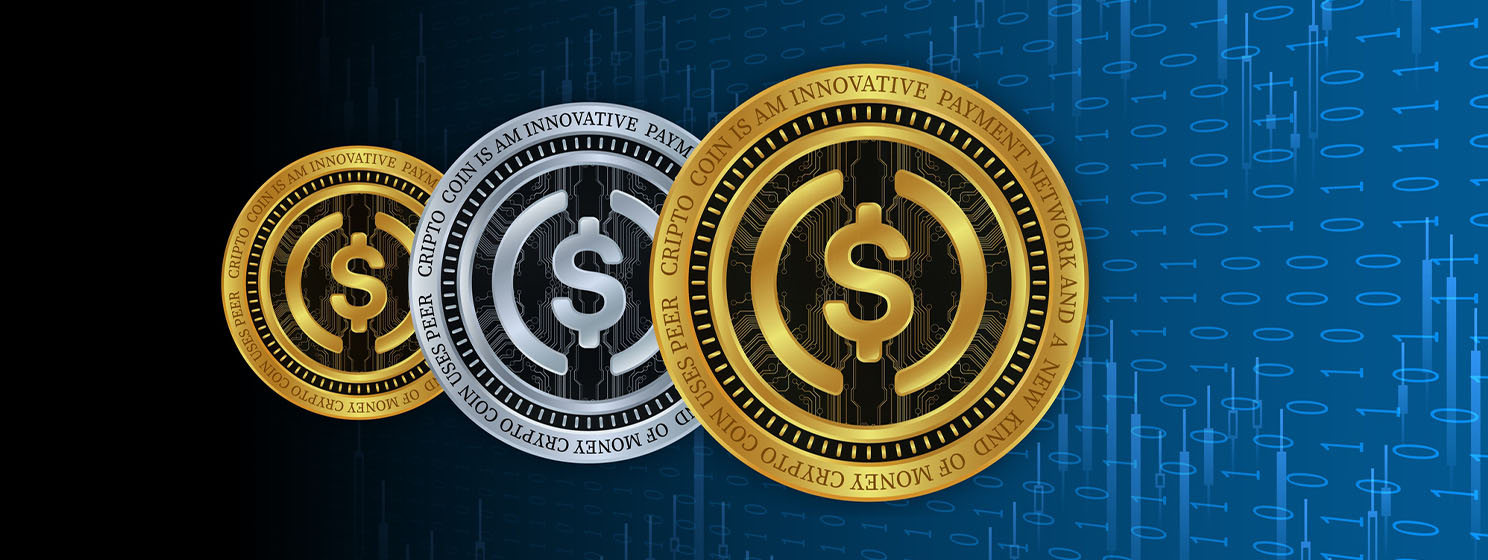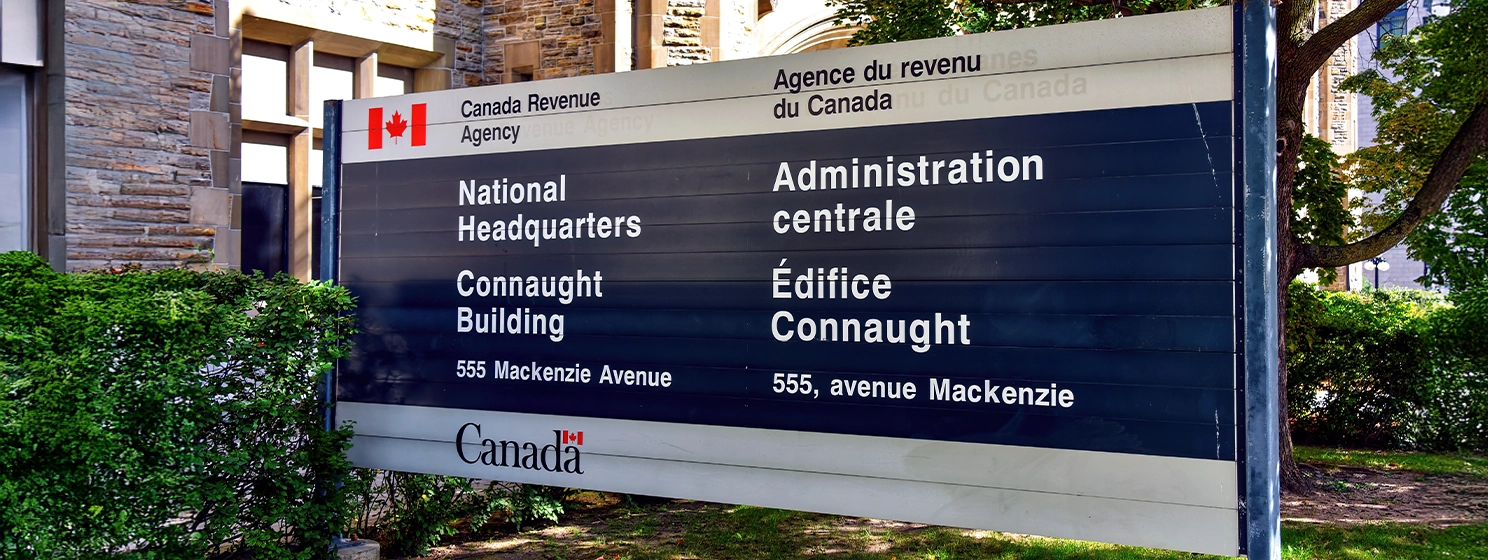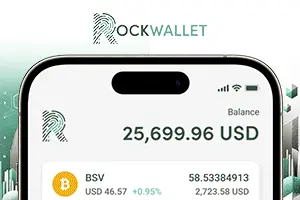|
Getting your Trinity Audio player ready...
|
U.S. President Donald Trump’s stablecoin has seen its market cap soar higher in a shorter period than many established rivals because, well, you know.
- USD1 market cap soars as Senate plots GENIUS vote
- SEC drops PYUSD probe; Coinbase eliminates PYUSD fees
- Circle rejects Ripple takeover, inks new payment deals
- Tether U.S.-facing stable could launch this year
- Treasury predicts $2 trillion stable market cap by 2028
On April 29, Politico reported that Senate Majority Leader John Thune (R-SD) had informed his Republican colleagues that the Senate would act on its stablecoin legislation before Memorial Day (May 26). The Senate’s Guiding and Establishing National Innovation for U.S. Stablecoins (GENIUS) Act got a thumbs-up from the Senate Banking Committee in March, paving the way for a landmark vote on the Senate floor, something no digital asset legislation has yet enjoyed.
Rival legislation (STABLE) in the House of Representatives received its own committee approval on April 2, although there’s no date for when the full House will get a chance to approve the measure. The two bills will need to be harmonized before making it to Trump’s desk for signing into law, but industry figures have suggested an August timeline for signing isn’t unreasonable.
Trump is hardly a disinterested bystander in this legislative push, as his many crypto ventures include the USD1 dollar-denominated stablecoin that was confirmed by his decentralized finance (DeFi) project World Liberty Financial (WLF) in March.
USD1’s market cap crossed the $2 billion threshold on April 29, a remarkable leap considering it’s barely a month old and its cap stood at just $137 million on April 28. USD1 now ranks seventh in market cap among all stablecoins, better than the PYUSD ($879 million) dollar-denominated stable issued by PayPal (NASDAQ: PYPL) and Paxos Trust in August 2023, and the RLUSD ($317 million) stable issued by Ripple Labs last December.
The two leading dollar-denominated stables have also enjoyed inflated caps recently, sparking hopes that a new round of flagrant wash trading will soon boost the stagnant price of tokens like BTC. Tether’s market-leading USDT has risen by over $3 billion in the last week to a new high of $148.7 billion, while Circle’s USDC is currently sitting at $61.5 billion, just off its record high of $62.3 billion last week.
PayPal’s Coinbase deal sparks rumors of Circle rift
PYUSD recently got some good news as the Securities and Exchange Commission (SEC) quietly ended its probe of PayPal’s stablecoin. The probe started in November 2023 when the SEC hit PayPal with a request for documents related to PYUSD’s launch. In a regulatory filing on April 29, PayPal said the SEC had “communicated it was closing this inquiry without enforcement action.”
The SEC has abandoned nearly all of its crypto enforcement actions following Trump’s election last November, so PYUSD’s reprieve isn’t surprising. But the fact that the news failed to light a fire under the stablecoin’s market cap is perhaps a further indication that there’s only room for a certain number of dollar-denominated stablecoins not affiliated with the current President of the United States.
The demise of the SEC probe followed last week’s announcement that PayPal had struck a new partnership with the Coinbase (NASDAQ: COIN) exchange. The deal will eliminate platform fees for buying, selling and trading PYUSD, while also allowing customers to redeem PYUSD for dollars directly on the exchange.
The parties have also agreed to “explore new use cases” for PYUSD on DeFi platforms and to collaborate on “a variety of innovations that will help accelerate the adoption and utility of stablecoin-based solutions for the purposes of moving or managing money around the world, particularly in commerce.”
PayPal and Coinbase have been working together since 2021 when Coinbase allowed users to both fund their exchange accounts directly from and withdraw to their PayPal accounts. However, the new PYUSD deal had some observers speculating that all is not well between Coinbase and Circle, which previously was the only stablecoin issuer to enjoy fee-free privileges on the exchange.
A Coinbase rep denied any friction between the exchange and Circle, telling DL News that Coinbase was “committed to accelerating global adoption of stablecoin payments, and our partnerships with both Circle and PayPal are key to making that happen.”
However, Circle’s recent initial public offering (IPO) prospectus exposed the steep price Circle has to pay to enjoy its Coinbase privileges. (Circle’s deal with rival exchange Binance to promote USDC came at a similarly punitive cost.) It’s not yet known how much PayPal had to ante up to secure its Coinbase privileges but it’s likely a considerable sum.
Circle rejected Ripple takeover, too busy killing Ripple Payments
On April 30, Bloomberg reported that Circle was the target of a takeover bid by Ripple, although Circle was said to have rejected the offer—in the $4 billion to $5 billion range—as too low. While Ripple reportedly remains interested in acquiring Circle, the latter is, for the moment, more focused on its IPO plans.
Ironically, Circle’s recent announcement of its new Circle Payments Network (CPN) aims to make cross-border transactions with USDC or Circle’s Euro-denominated EURC as easy (or easier) as Ripple Payments. Is Ripple’s offer a Zuckerberg-like admission that if you can’t beat ’em, buy ’em?Circle’s CPN announcement listed several ‘global design partners’ and Circle announced on April 30 that it had struck a deal with Onafriq, Africa’s largest digital payments gateway, to pilot USDC settlements within Onafriq’s network. Onafriq operates in 40 African countries, connecting 500 million digital wallets with 200 million bank accounts. The goal is to reduce the number of transactions that are currently routed through correspondent banks outside the continent.
Circle is also celebrating having received in-principle approval from the Financial Services Regulatory Authority (FSRA) of the Abu Dhabi Global Market (ADGM). The approval will allow Circle to operate as a money services provider in the United Arab Emirates’ international financial hub. Circle also struck a deal with Abu Dhabi’s Hub71 global tech ecosystem to “strengthen innovation within the digital assets space.”
USDC is the stablecoin of choice for a new partnership between Visa (NASDAQ: V) and U.K. digital banking outfit Baanx. The pair are issuing a new payment card allowing users to spend USDC in their custodial wallets at any merchant that accepts Visa. The USDC is sent in real-time to Baanx, which converts USDC to fiat for payment. The plan is to launch the cards in the U.S. before expanding globally.
Staying stateside, the Wall Street Journal reported that Circle is one of several digital asset firms pursuing a U.S. bank charter. The apparent goal is to comply with requirements in the U.S. stablecoin bills for stable issuers to hold charters or licenses from financial regulators. Also in the charter hunt are said to be digital asset custodian BitGo—on whose stablecoin-as-a-service platform Trump’s USD1 was issued—as well as Coinbase and Paxos.
Tether’s US stable plans
It seems unlikely that Tether would pursue a U.S. bank charter, given the heightened regulatory scrutiny this would impose on the notoriously sunshine-averse company. However, Tether has mused about launching a U.S.-specific stablecoin that a standalone company would presumably issue with minimal ties to the Tether mothership, which could reduce its need to drop its drawers and bend over a table while regulators snap on their rubber gloves.
Tether CEO Paolo Ardoino appeared to confirm as much in a recent interview with the New York Times. Ardoino told the Times that Tether was ‘considering opening a U.S. arm’ to embrace this new opportunity.
In a new interview with CNBC, Ardoino suggested that Tether’s new U.S.-facing stablecoin could launch before the year is over. While the exact timing will depend on when Trump signs the stablecoin legislation, Ardoino said, “We are looking at by the end of this year or early next year, at the fastest.”
Treasury touts stablecoin ‘exponential growth’ potential
The total stablecoin market cap is under $245 billion, 86% USDT/USDC and 99% denominated in U.S. dollars. But a new Digital Money report from the U.S. Treasury Department suggests that the stablecoin market cap could hit $2 trillion by 2028, with significant impacts across the financial sector.
To wit: Banks could face pressure to increase interest rates to match those offered by yield-bearing stablecoins or else lose customer deposits. Demand for U.S. T-bills—particularly the 90-day variety—could jump as issuers comply with new regulatory requirements regarding fiat reserves. And a greater portion of non-USD liquidity holdings could be converted to dollar-denominated stables.
It’s not all gravy. Lack of access to Federal Reserve master accounts by unqualified issuers could “exacerbate periods of stress/volatility.” However, Treasury suggests this could be mitigated by the reserve requirements in the stablecoin bills being debated in Congress.
Overall, the document is a far cry from the Treasury’s stablecoin reports from the previous administration. Mere days before last November’s election, Treasury issued a report that, while noting the potential benefits of stablecoin adoption, also claimed that “stablecoins cannot function as private money, and will ultimately need to be strictly regulated like government money market funds are today.”
But hey, that was six months ago. At this point, just shrug and get paid. After all, everybody’s doing it.
Watch: Bringing the Metanet to life with Teranode

 12-14-2025
12-14-2025 





